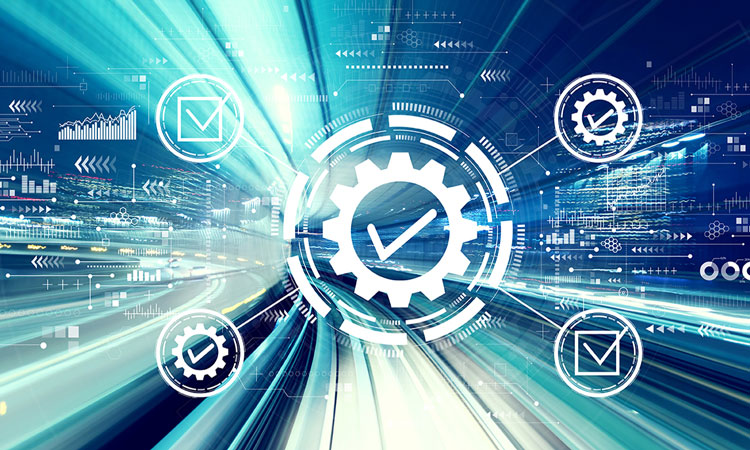Digitalisation of railways with approved cable products
Posted: 6 April 2021 | BASEC (British Approvals Service for Cables) | No comments yet
Developments in digital technologies are providing a growing opportunity to improve railway efficiencies and reliability. Customer expectations are a driving factor for the adoption of new technologies and digitalisation of the industry, impacting operations throughout the network. Read how digitalised upgrades are putting cable performance to the fore, to ensure safe and compliant services.


The railway network is undergoing a transformation, road mapped to continue throughout the next decade, focused on delivering fit for purpose, digitalised railway structures. Aiming to deliver fast and efficient services, while also being cost effective. The successful distribution of power, transmission of large amounts of data, and strong signal connections requires the specification of approved cable products and new cabling technologies, applicable to rolling stock, signalling and railway infrastructures.
Digitalised signalling and control systems cabling is one method being implemented to help improve efficiency within passenger and freight trains.
Digitalised signalling and control systems cabling is one method being implemented to help improve efficiency within passenger and freight trains. These systems help to improve traffic flow, enabling greater safety and the opportunity to reduce long term costs of maintenance when compared with existing systems.
As part of the planned digital transition, the adoption of European Train Control System, known as ETCS, is planned to improve signalling efficiency between rolling stock and the network. Cable products required to power these systems must be able to perform reliably and safely, to enable strong connections that integrate with the digital signals. Specifying approved cable products, that have been independently tested and verified to meet railway industry regulations, helps to give industry professionals assurance that the cabling infrastructures will be able to transmit data as expected. Offering less signal interference or losses helps to support efficient and reliable operations.
Integration of digitalised applications in the railway infrastructure comes with the need for higher data capacities and the increasing use of artificial intelligence to streamline processes. In turn, their integration improves decision making processes within day-to-day operations and driving proficiency throughout the network. For instance, the use of Internet of Things (IoT) technologies such as sensors, cameras, and lasers to monitor railway infrastructures can support activities such as damage detection, preventative maintenance, and interoperability with adjacent systems. Systems integrating significant automatic functions can improve speed of operations by potentially removing the need to close a track for human inspection. It can instead be inspected remotely, keeping traffic moving and on schedule.
It is imperative that as more reliance is put on technology, within railway infrastructures going forward, that the cables powering the systems and transferring data are thoroughly approved prior to use. Evidencing compliance to regulations is vital to safeguarding the network, and, to avoiding the risk of signal losses or cable failures, which could result in costly downtime. Incorporating measures, as part of the procurement process, to protect the sourcing practises of railway cable products is important. Strict specification that cable products must be third party approved by a recognised notified body, such as BASEC, in addition to sourcing them from a BASEC approved Registered Stockist, gives confidence that the cabling has been thoroughly tested and is compliant.
It is vital to check, during the procurement stages, that railway cable products have been independently approved, verifying material properties and performance.
Digitalisation of the railways is impacting several areas of the sector to drive reliability and performance, from automation in rolling stock, to digitalised control and signalling systems, to IoT devices used in infrastructure. New technologies are key to streamlining processes. It is vital to check, during the procurement stages, that railway cable products have been independently approved, verifying material properties and performance.
Are you undertaking the necessary procedures to ensure cables supplied into your railway operations consider enhanced cable performance and higher levels of safety? Specifying BASEC approved cables evidences your commitment to quality through rigorous, independent assessment practises. Strengthening the growing need for increased digitalisation, driving quality in the market and minimising risk to your teams, industry professionals and passengers.
Contact a member of the BASEC team of experts to learn more about railway testing and certification.
Related topics
Digitalisation, Electrification & Cabling, European Train Control System (ETCS), Internet of Things (IoT)








